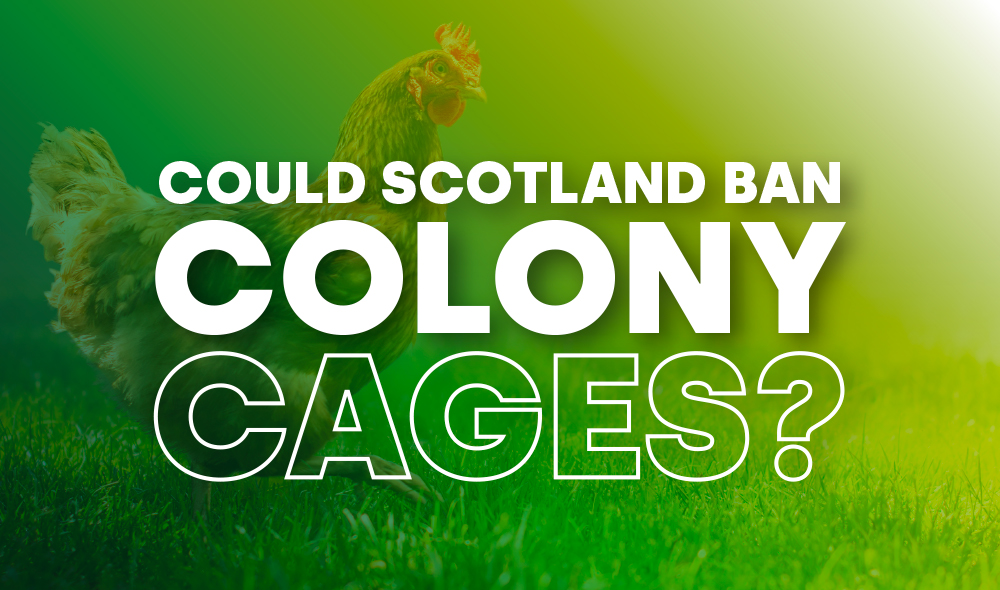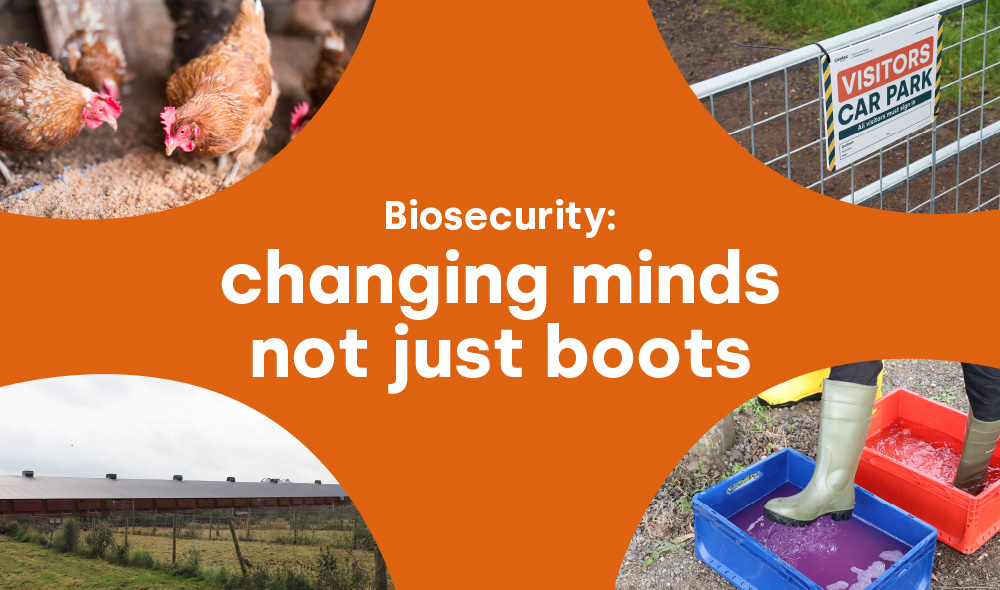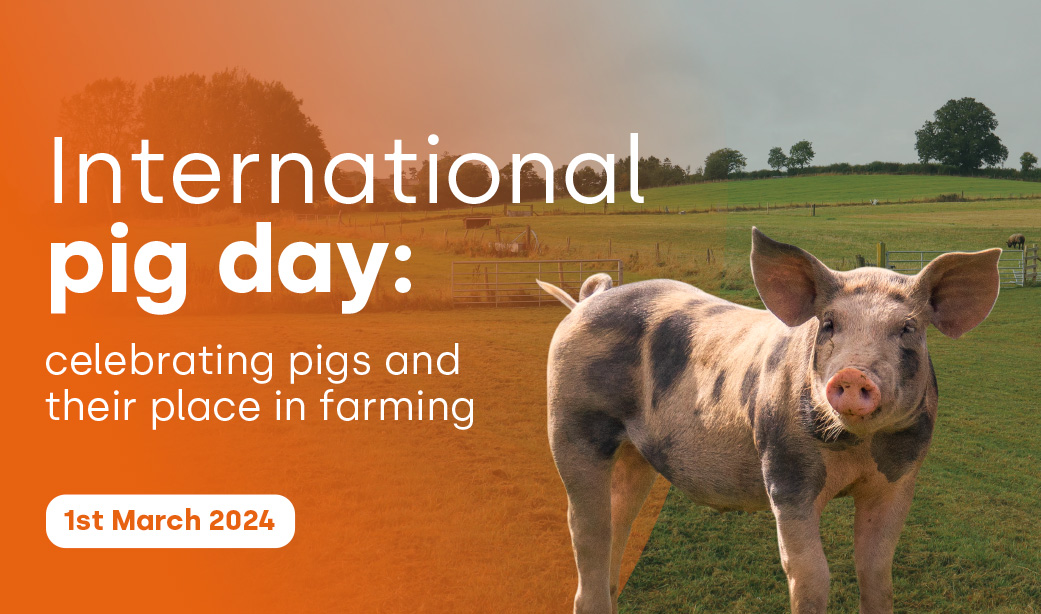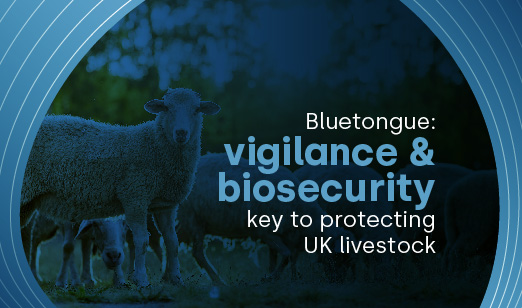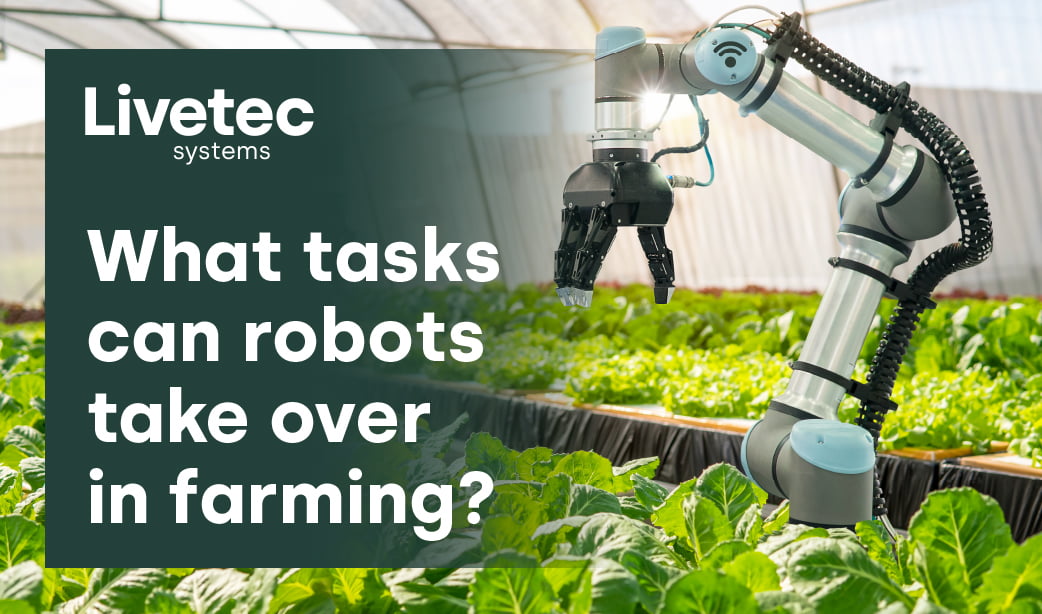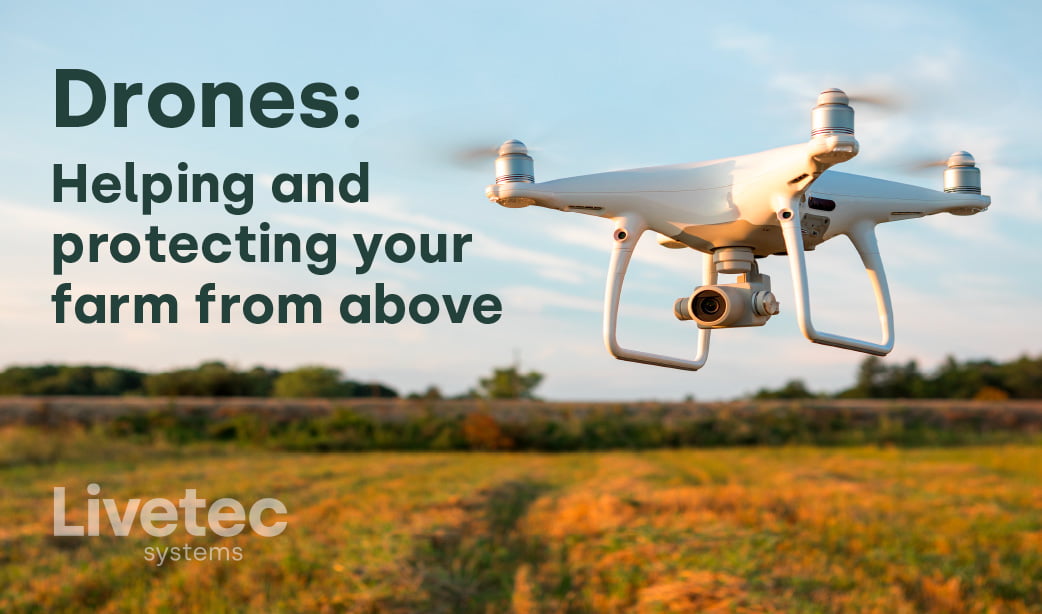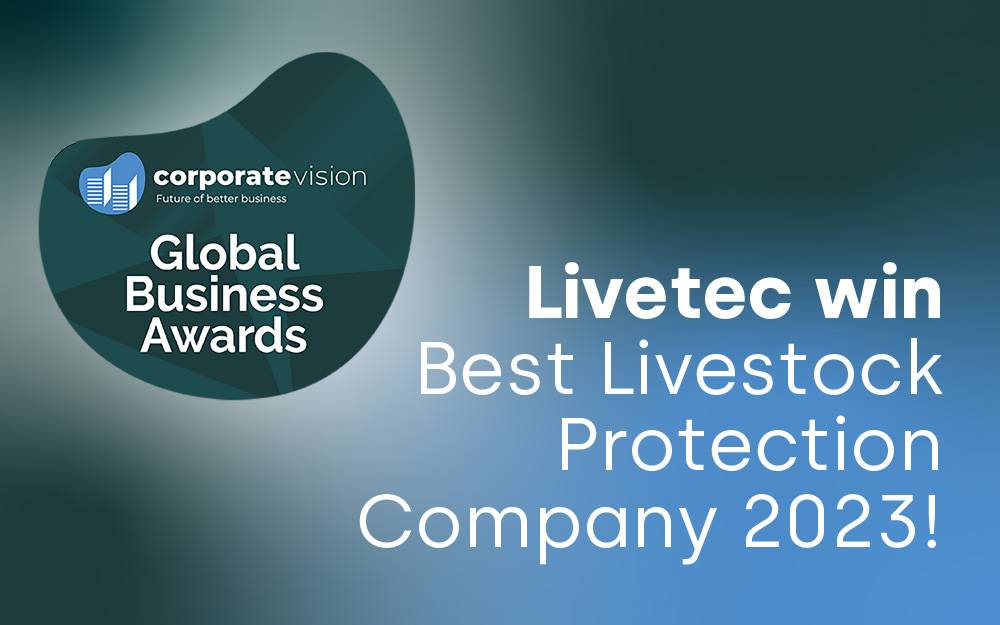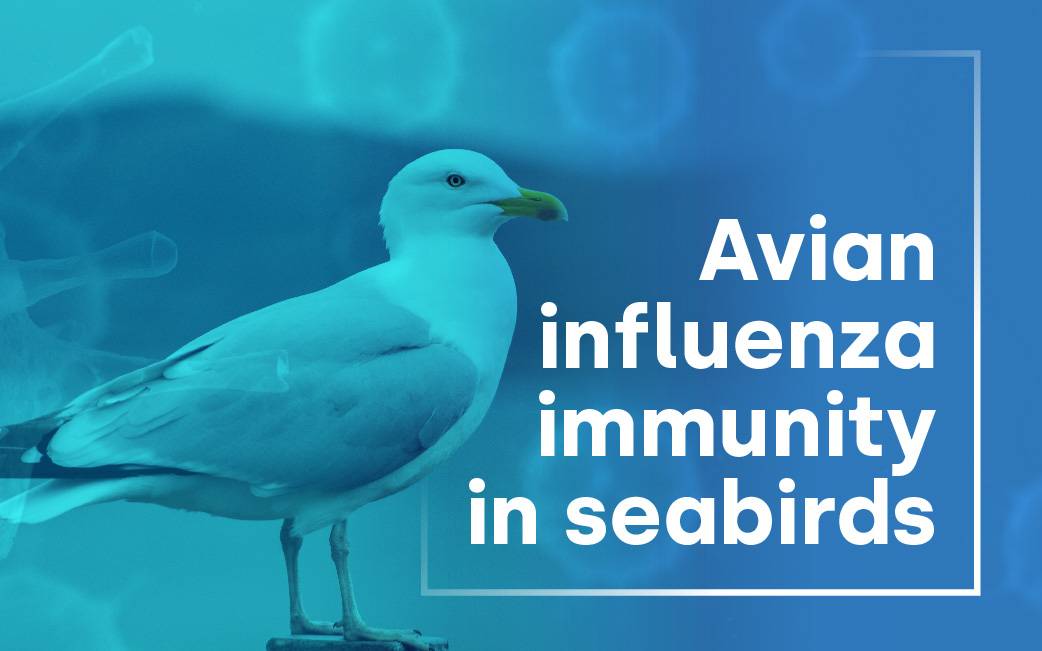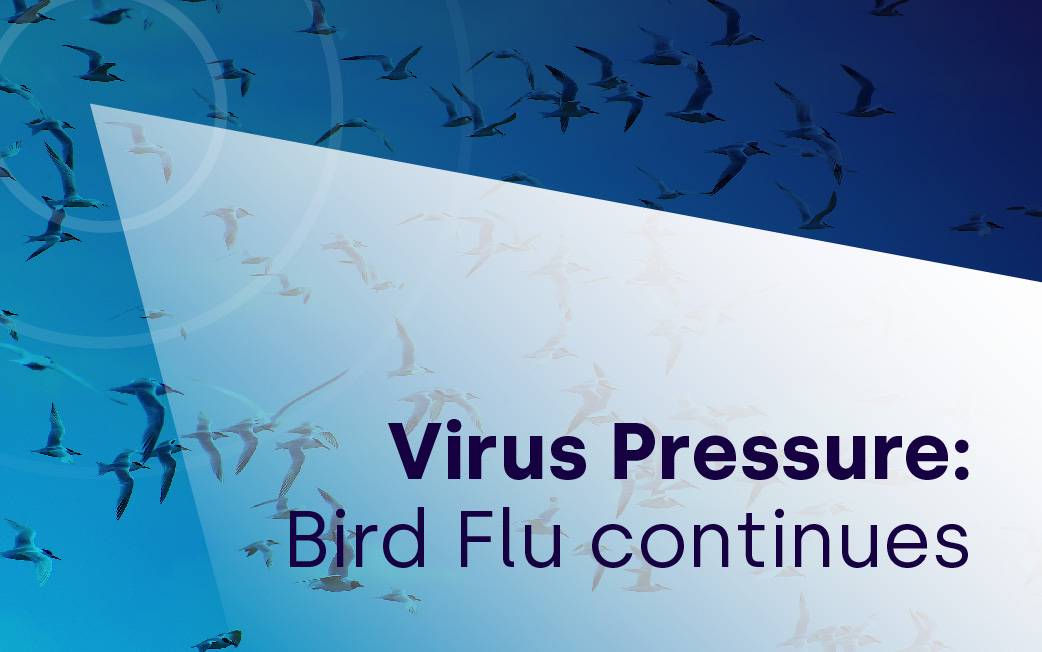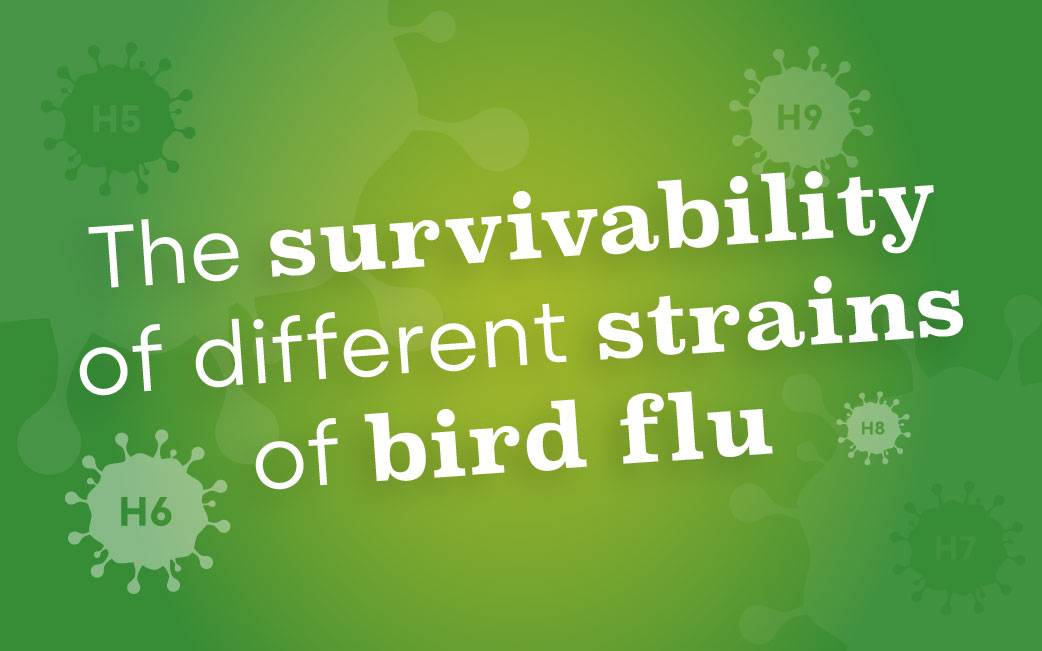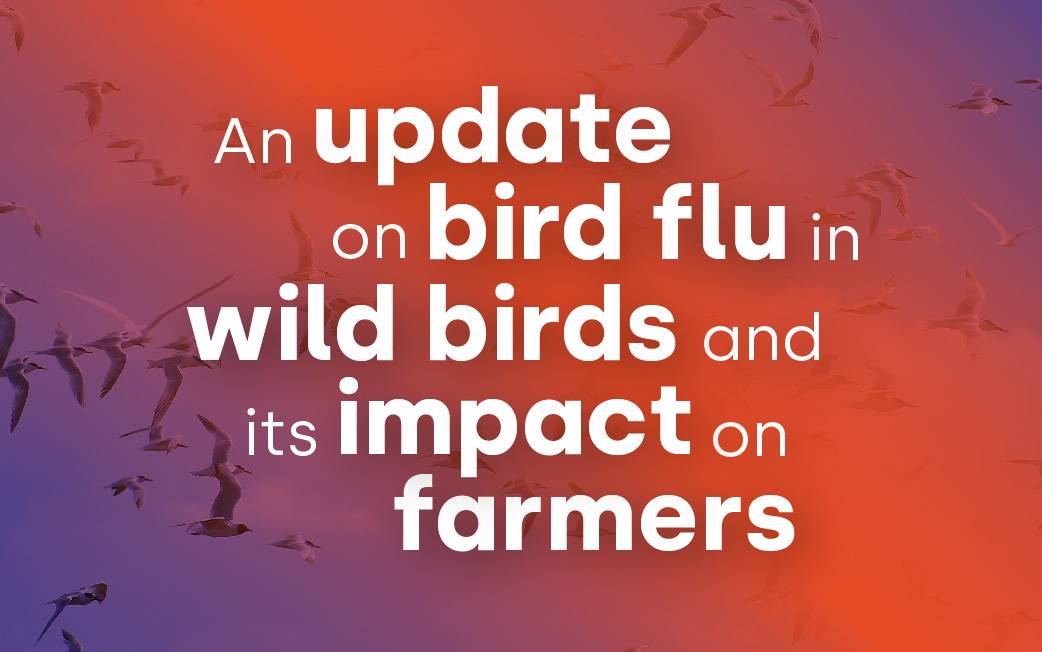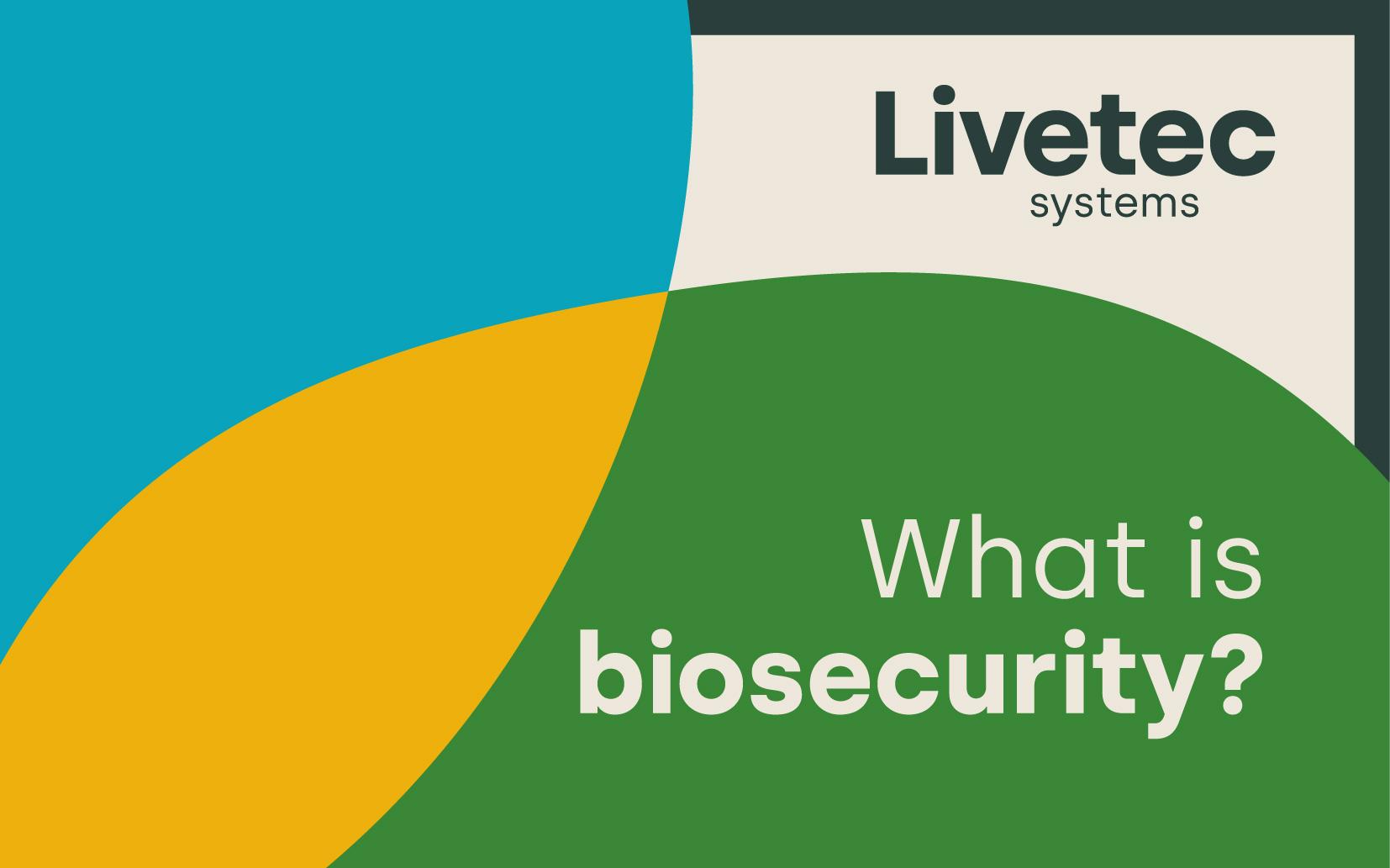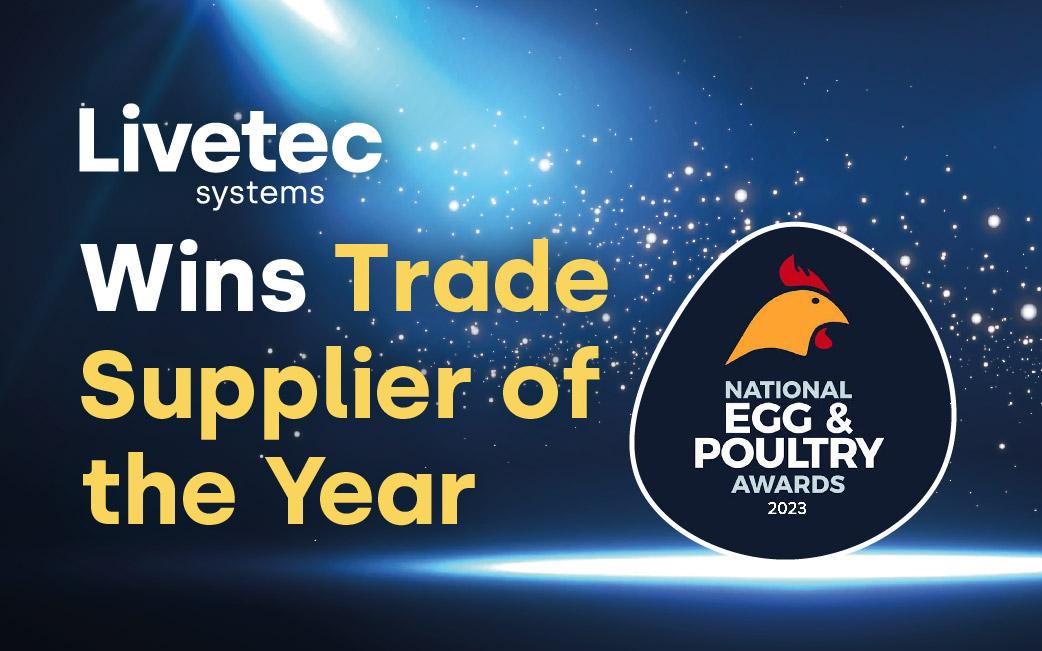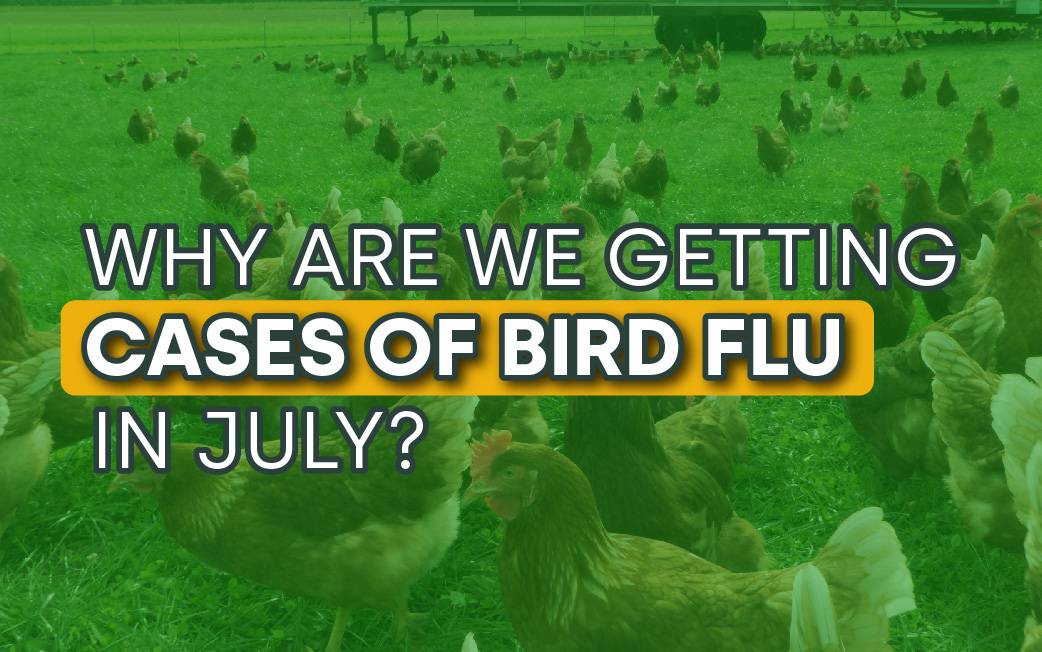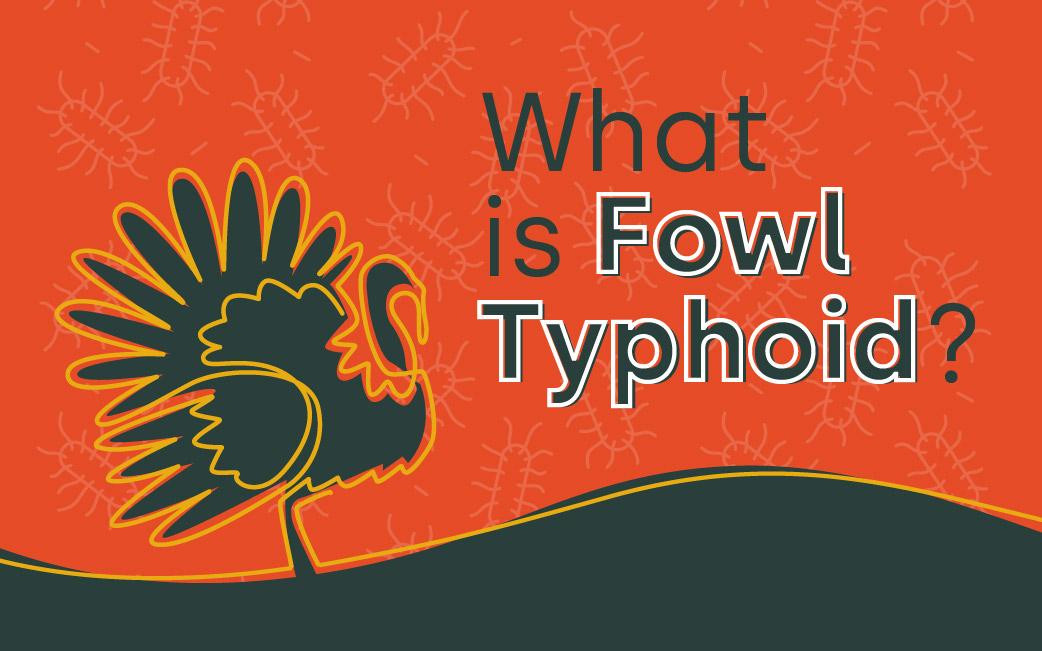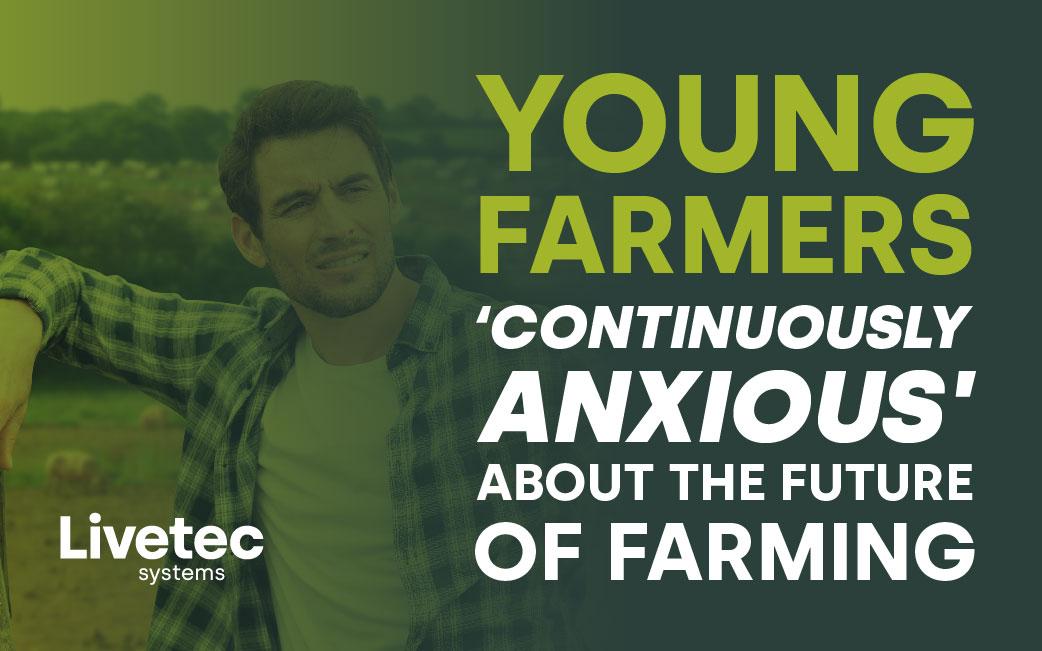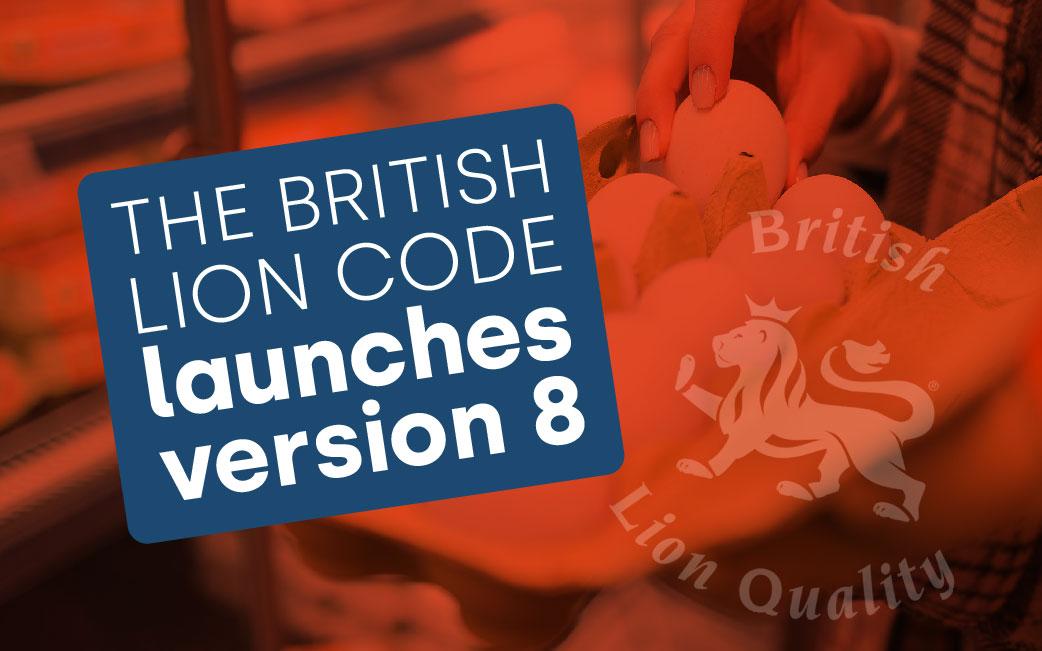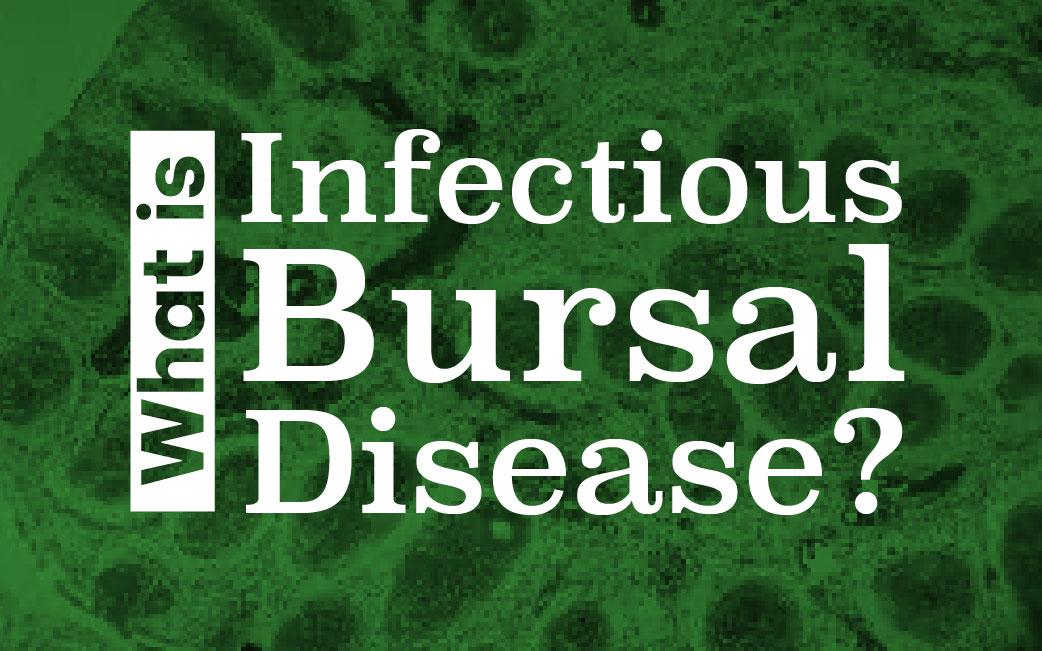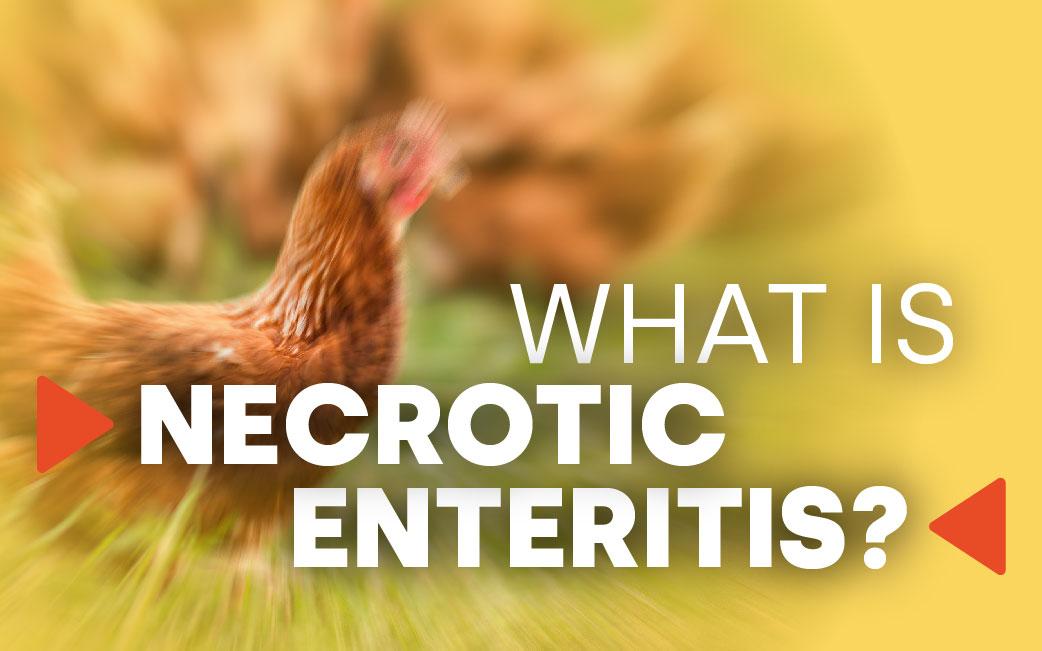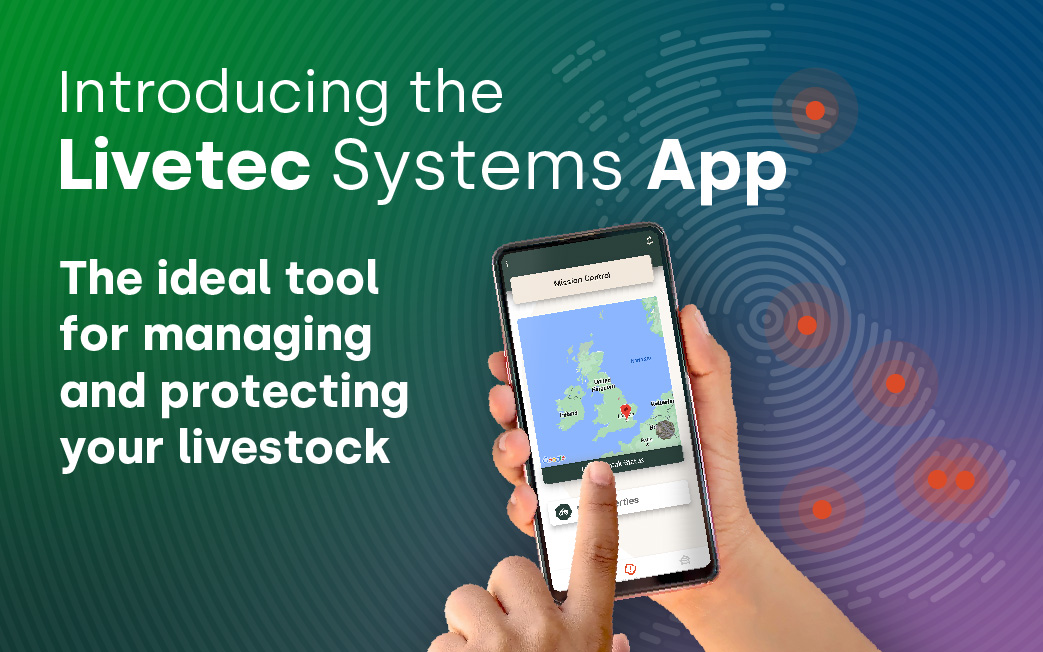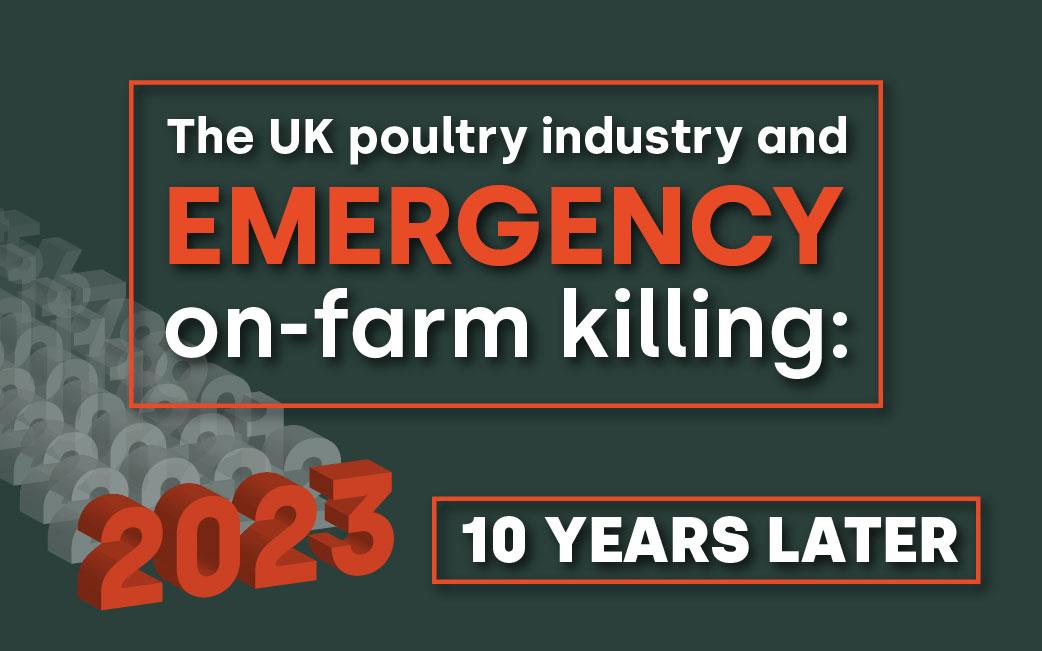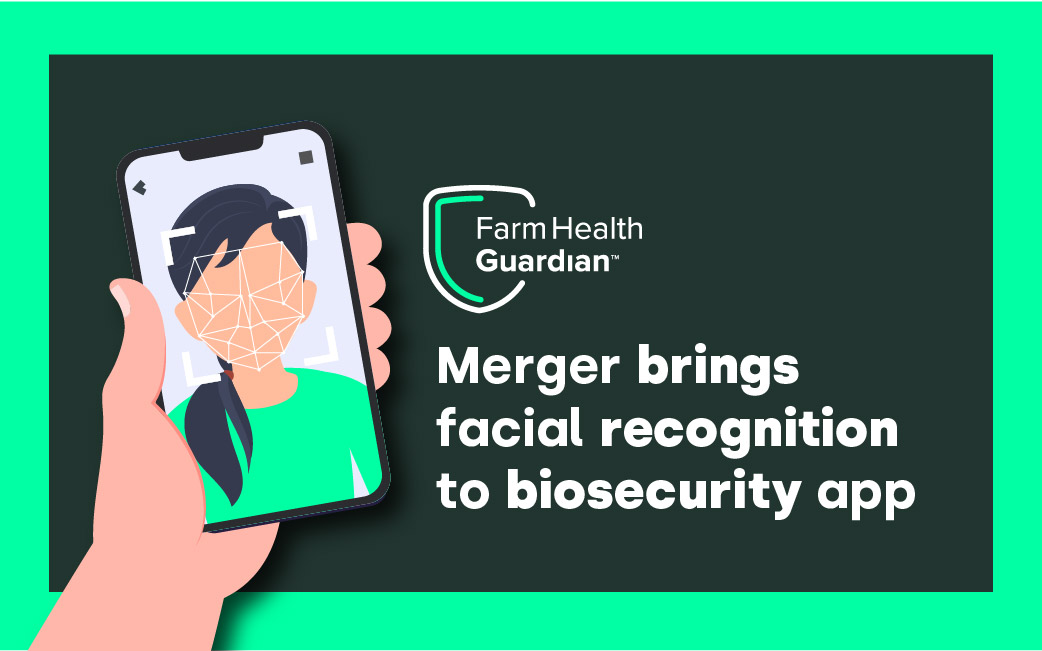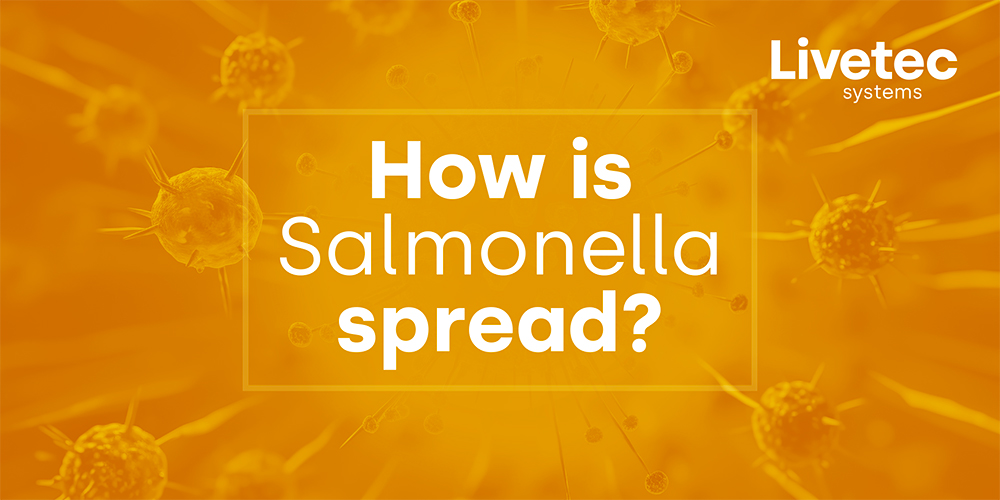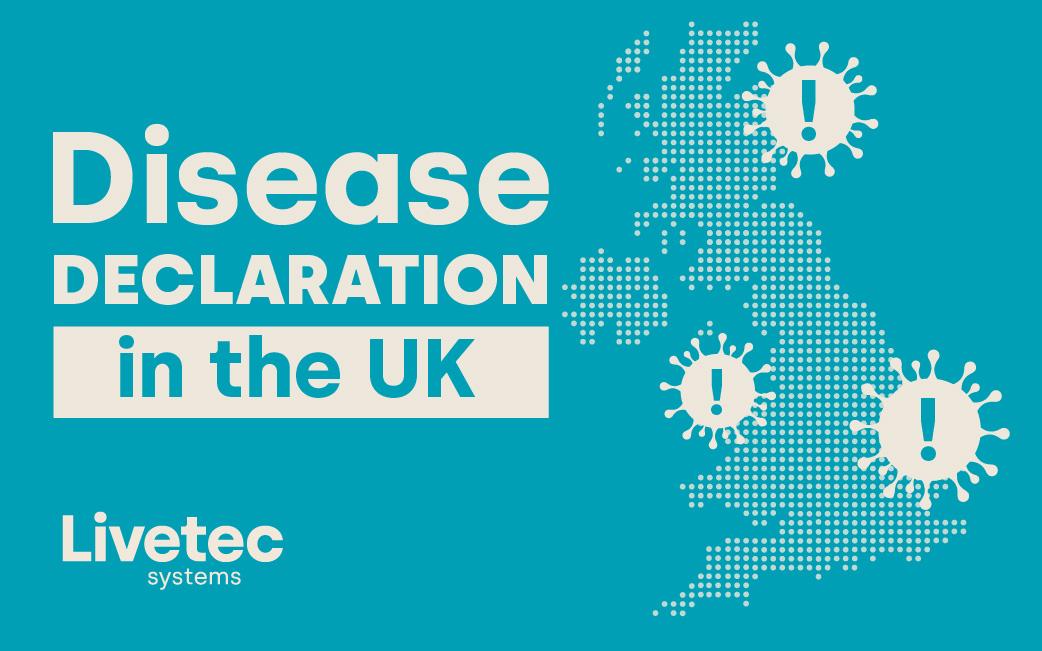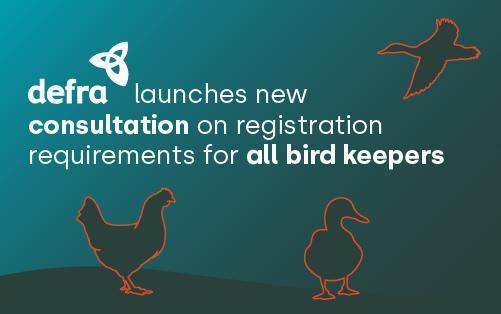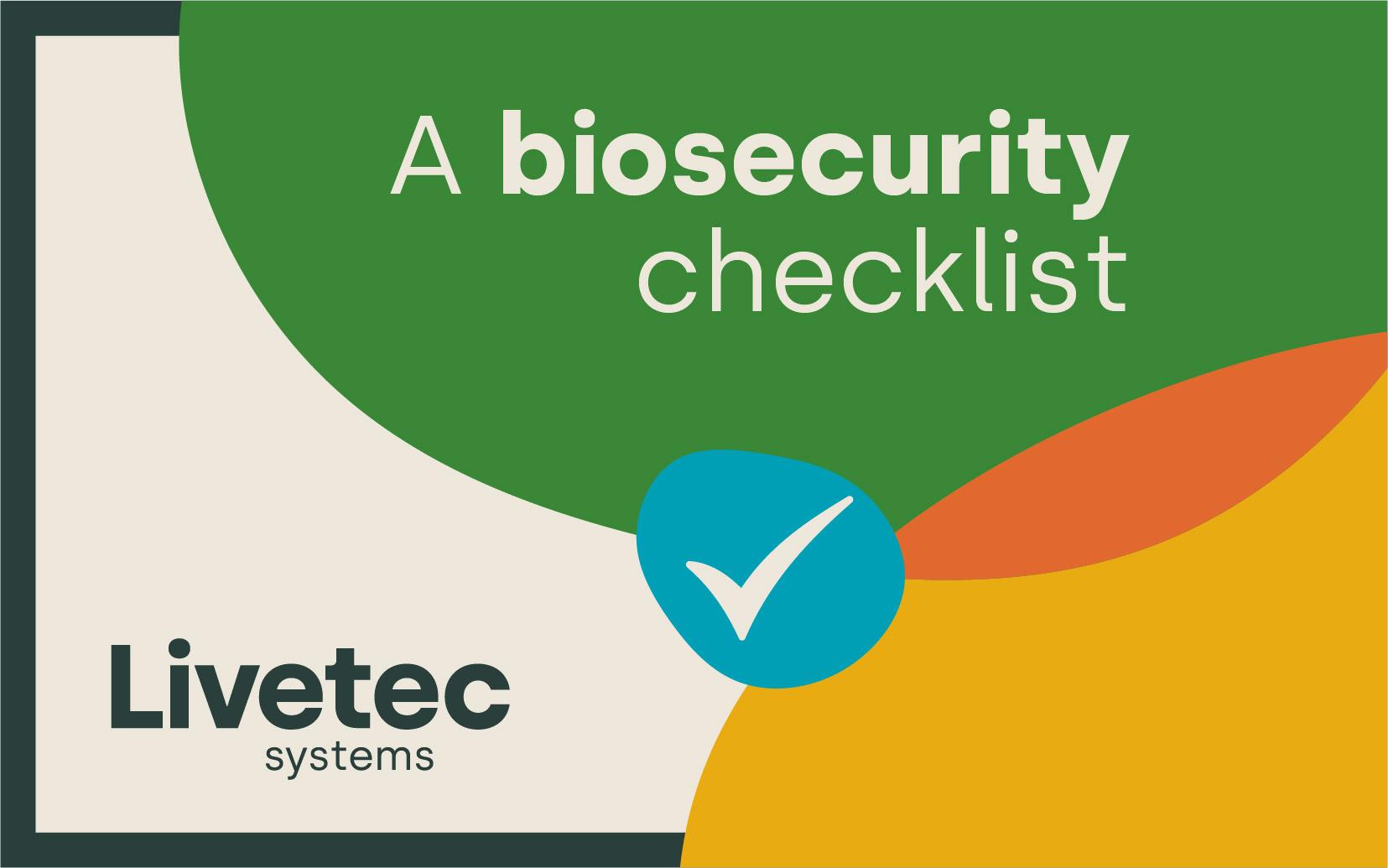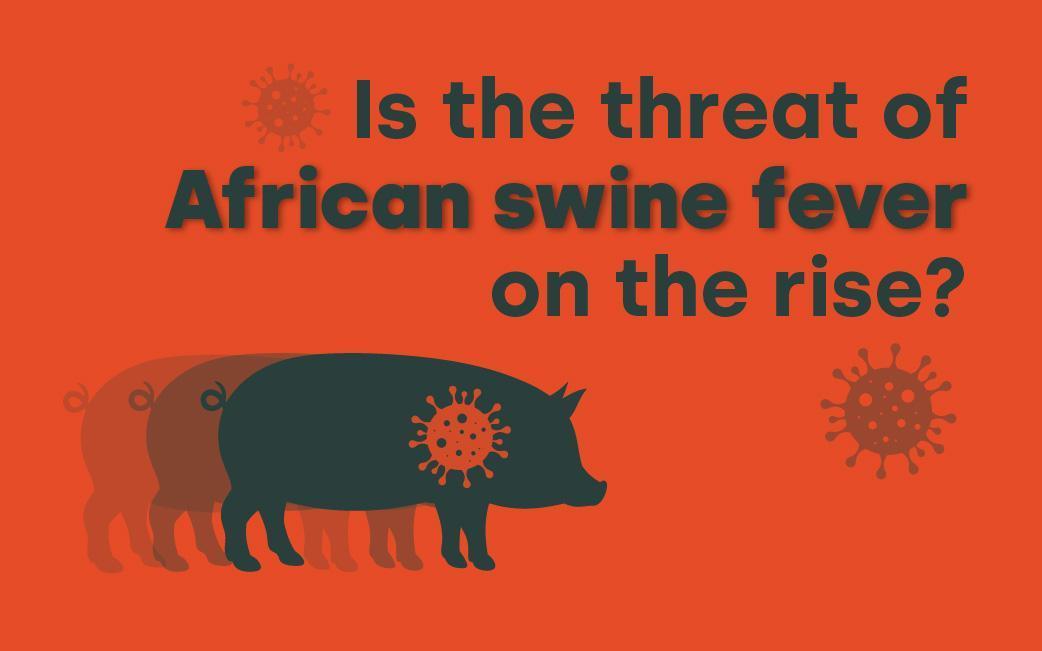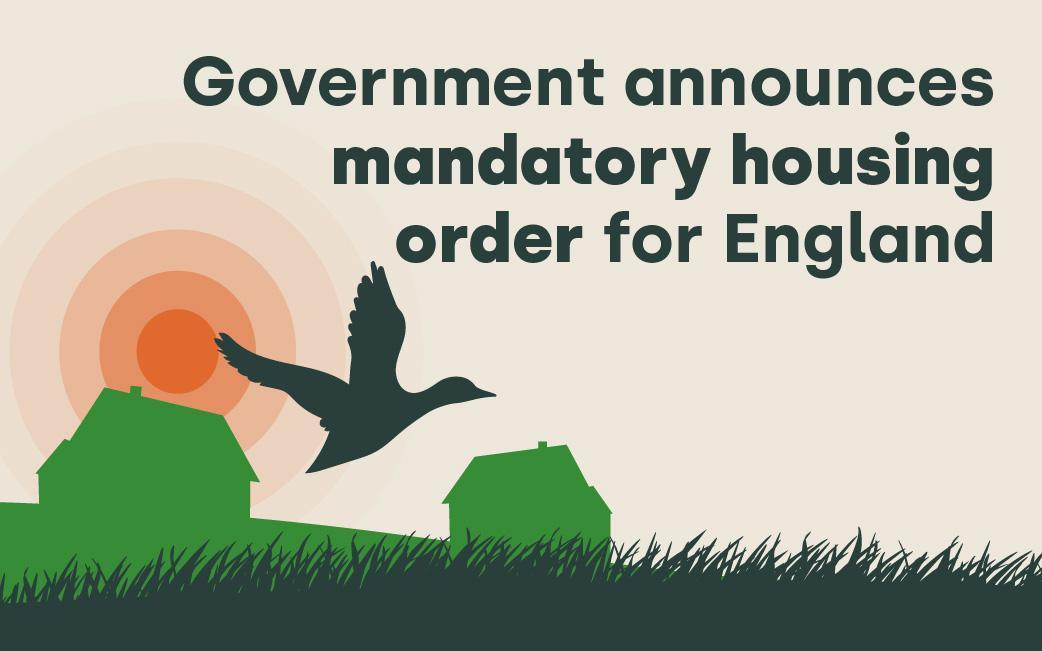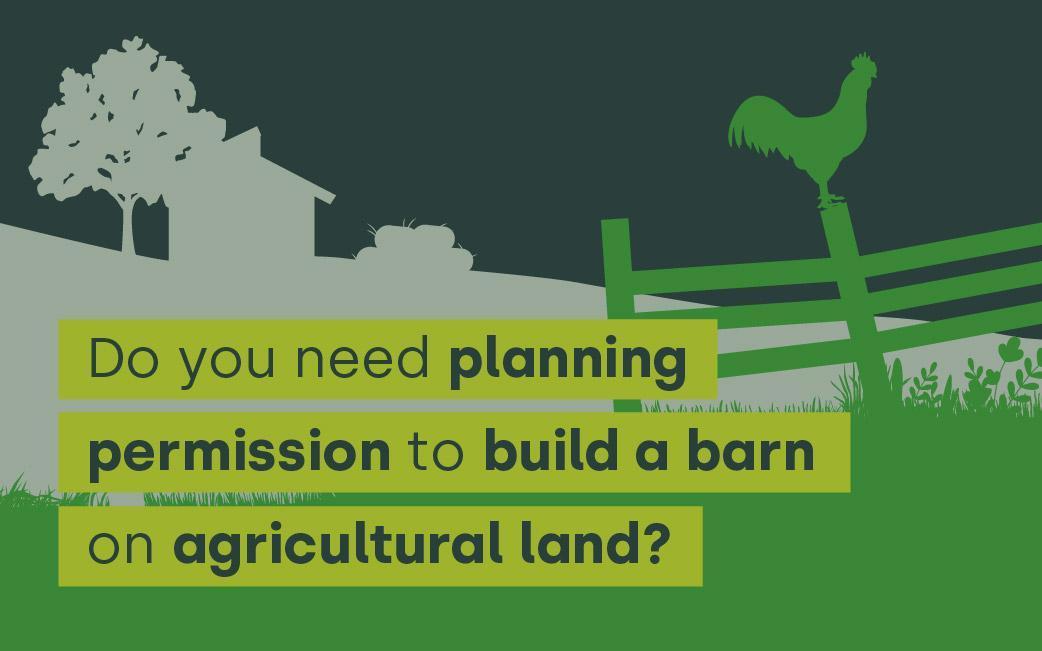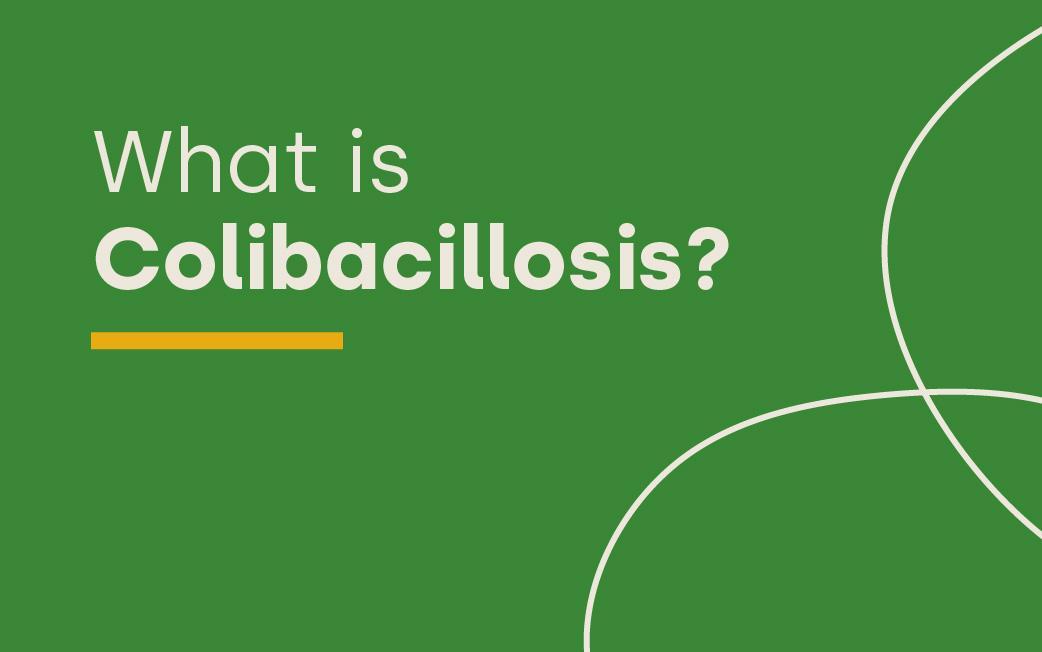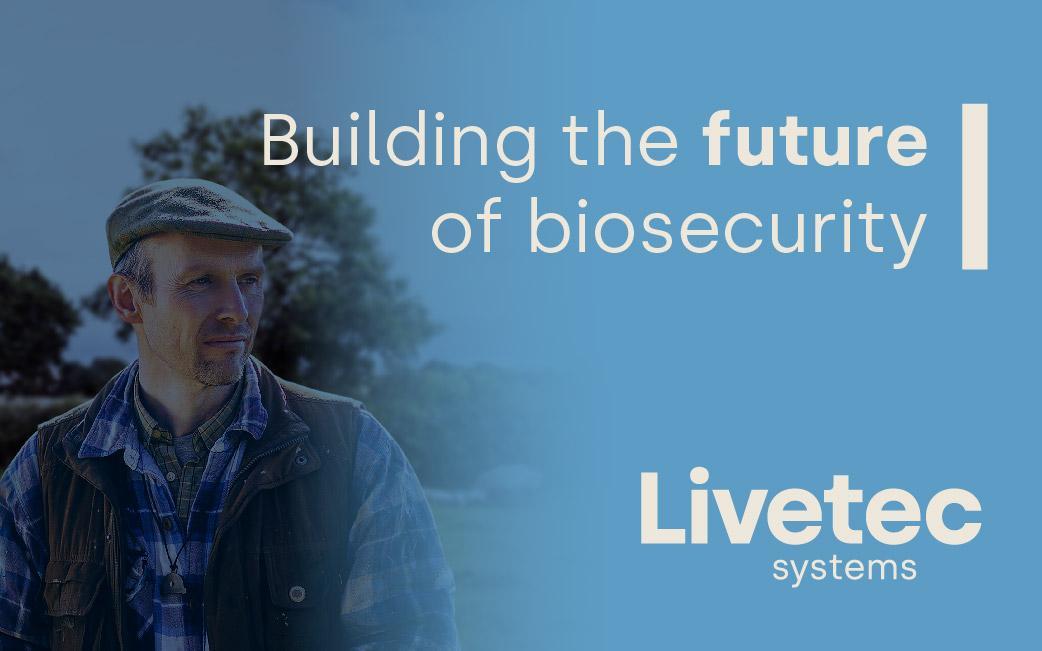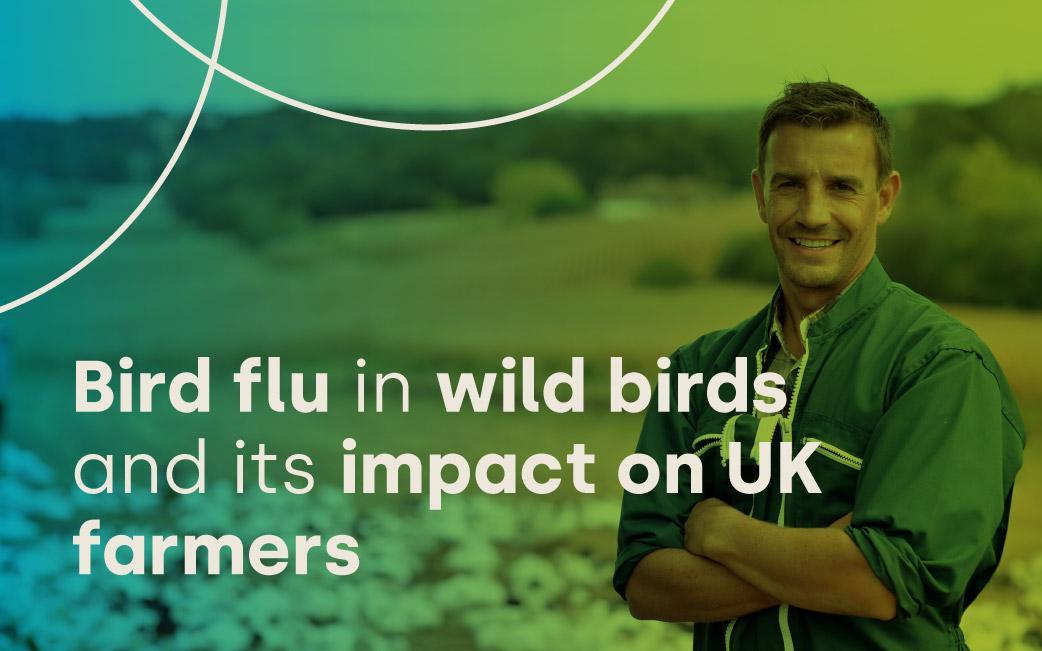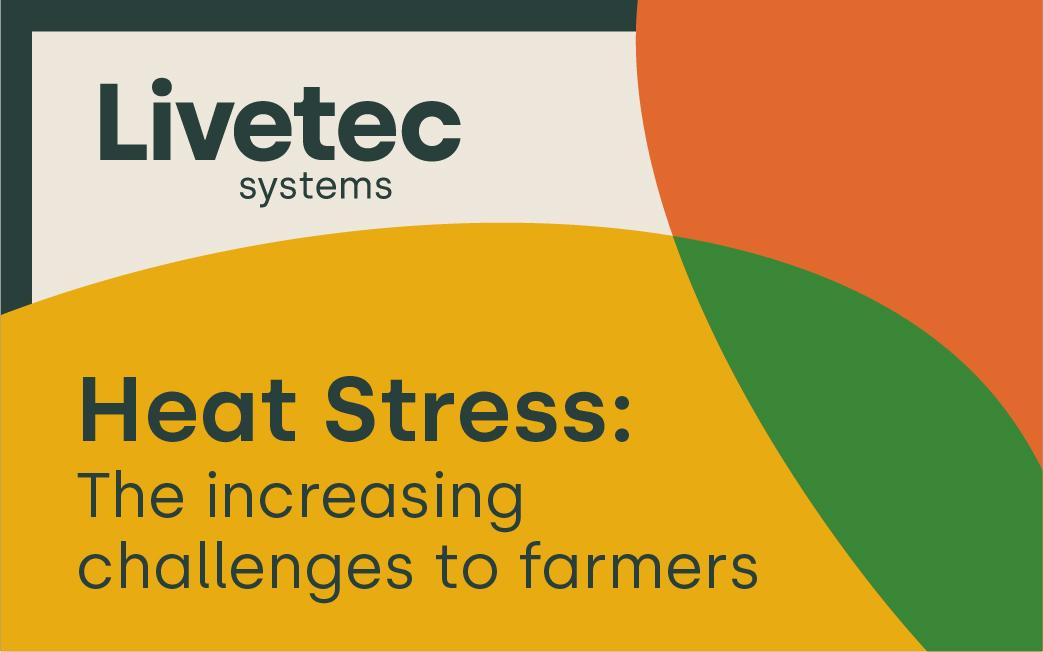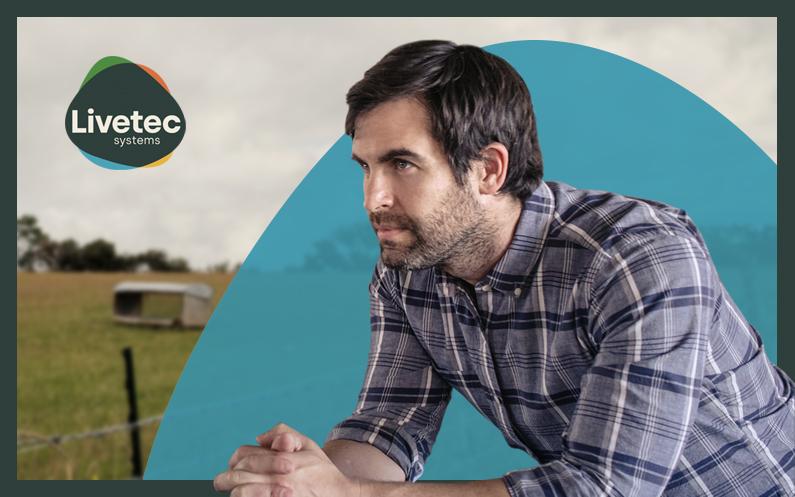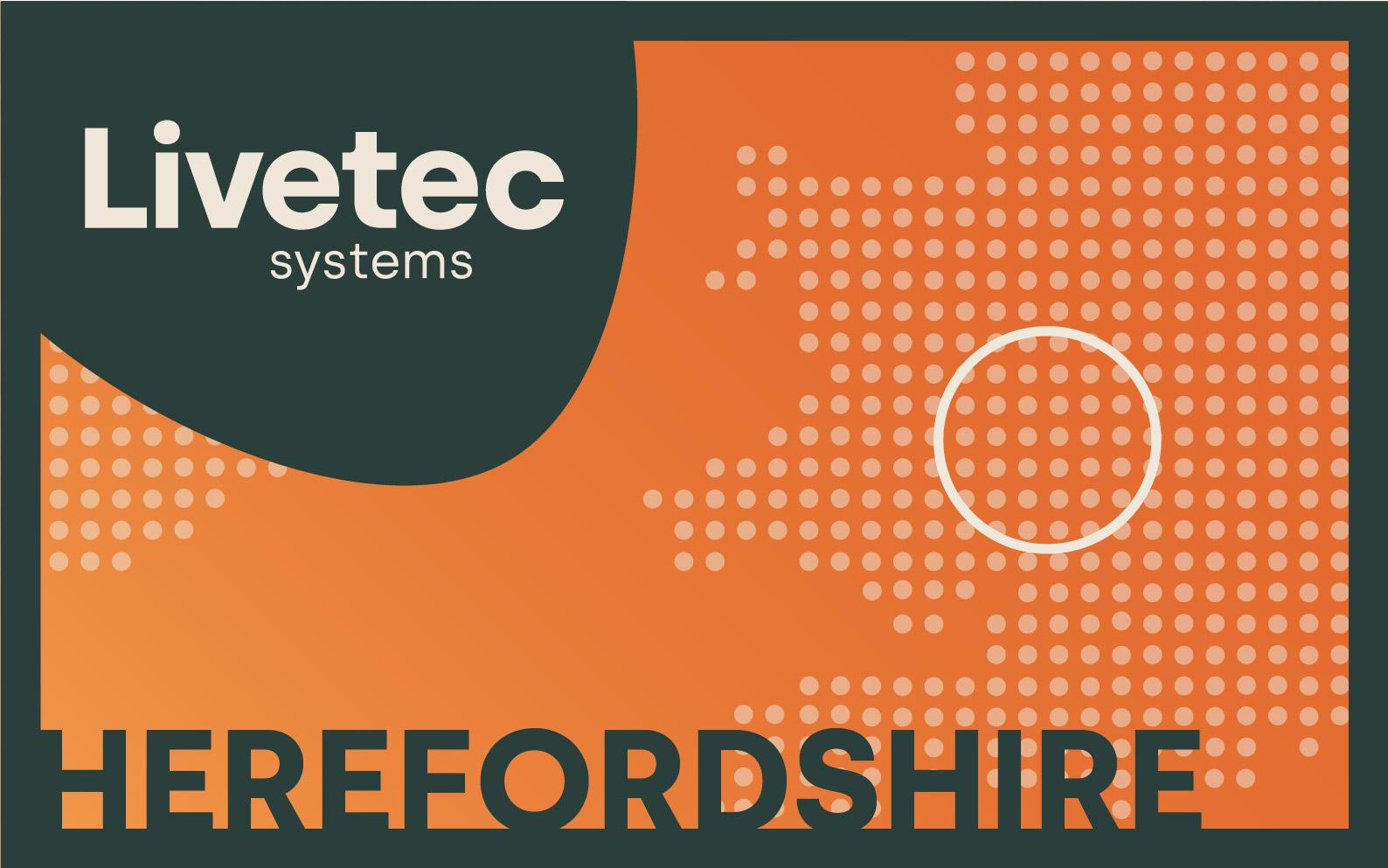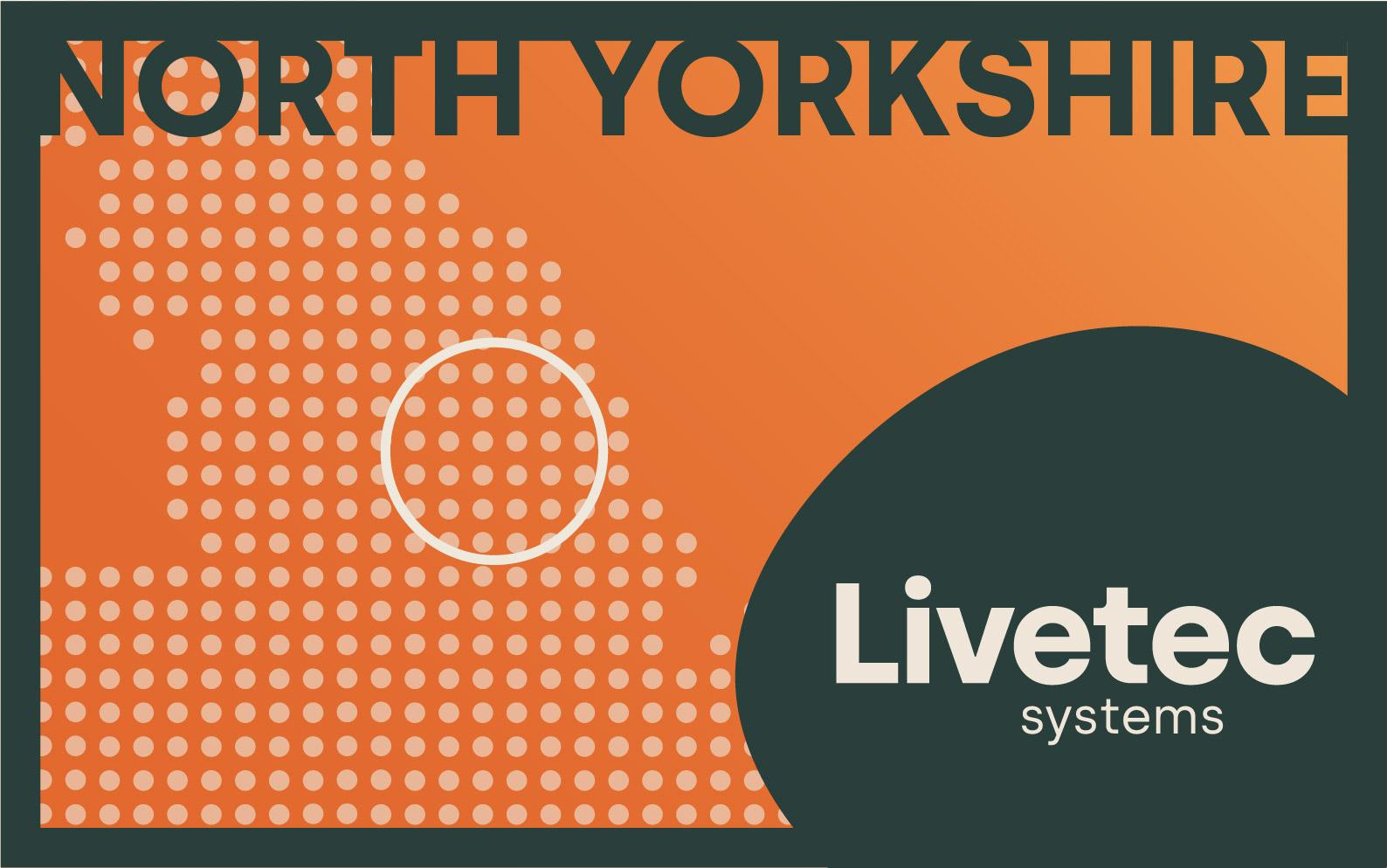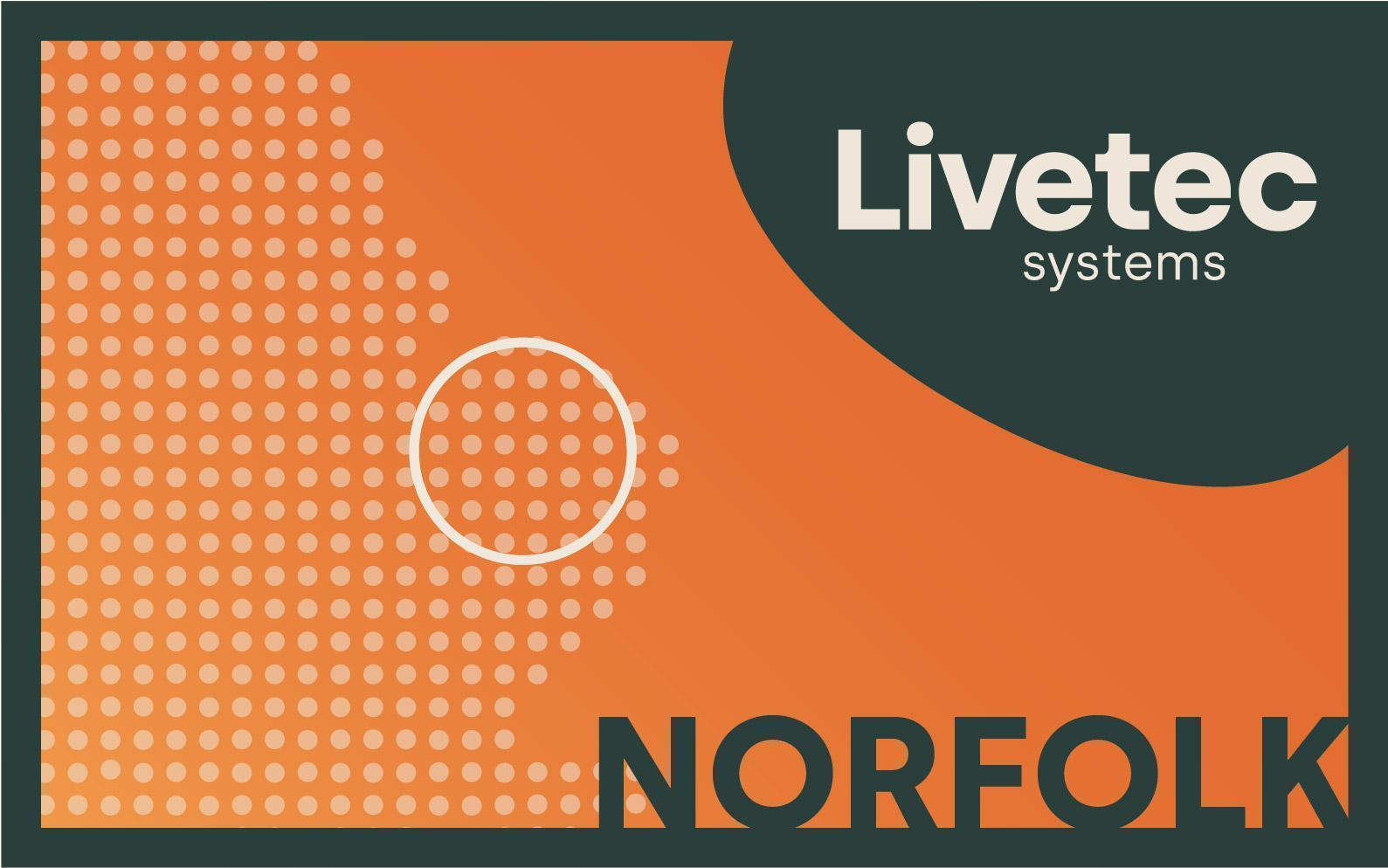Understanding what to do when your farm is within such a zone is essential, not only for compliance purposes, but for maintaining the health and welfare of your birds.
As biosecurity experts, Livetec is here to help you navigate these different requirements with confidence.
What is an AIPZ?
An Avian Influenza Prevention Zone is typically put into place when there is not a high risk of AI in commercial poultry and backyard flocks but there is an ongoing threat from wild birds.
Setting up a prevention zone can help to reduce the risk of disease being transferred from wild birds and seabirds to poultry either through direct or indirect transmission.
Responsibilities in an AIPZ
When operating within an AIPZ, farmers must legally adhere to additional rules and regulations in terms of processes and procedures to effectively reduce the risk.
While the precise measures that are required under an AIPZ vary depending on the region and the severity of risk in the community, they will in most cases include:
- Improved cleansing and disinfection practices
- Restrictions on human and vehicular movements
- Enhanced maintenance of housing
- Additional requirements for entering houses
- Ongoing efforts to minimise contact between poultry and wild birds
Zones for Confirmed Cases
A prevention zone is designed to prevent the introduction of disease into otherwise healthy flocks, and is usually rolled out on a broad, widespread basis. However, should AI be identified in commercial poultry, localised zones may be created. Farms operating within these zones will be subject to tighter rules and regulations and will be visited by the APHA who may introduce stricter licensing requirements.
- Controlled Zone
A controlled zone is put into place when AI has been confirmed in a flock, but tests have not yet determined the strain. A controlled zone is often temporary, with a restricted, protection, or surveillance zone implemented following confirmation.
- Restricted Zone
A restricted zone is typically a 1km zone surrounding a farm with a confirmed case of low pathogenic avian influenza (LPAI). As LPAI has a low mortality rate, it can usually be contained effectively within the farm, without the need for an extended zone.
- Protection Zone
A protection zone is a 3km zone around a premises with a confirmed case of highly pathogenic avian influenza (HPAI). Farms within the zone must adhere to additional safety protocols, such as housing birds inside buildings, and keeping visitor records.
- Surveillance zone
A surveillance zone is a 10km zone around a premises where there is a confirmed case of HPAI. Farms within the zone must adhere to additional requirements, and flocks will be closely observed and monitored for signs and symptoms of avian influenza.
One aspect that all zones have in common is that farmers must ensure they are implementing strict biosecurity measures to reduce and manage their risk.
Livetec works closely with farmers within prevention, restriction, protection, and surveillance zones to help them design, build, and maintain robust biosecurity strategies that reduce the likelihood of infection, and the risk of disease spread.
Contact us to find out more about our bespoke solutions including biosecurity plans, contingency planning and tailored, expert guidance and support.









